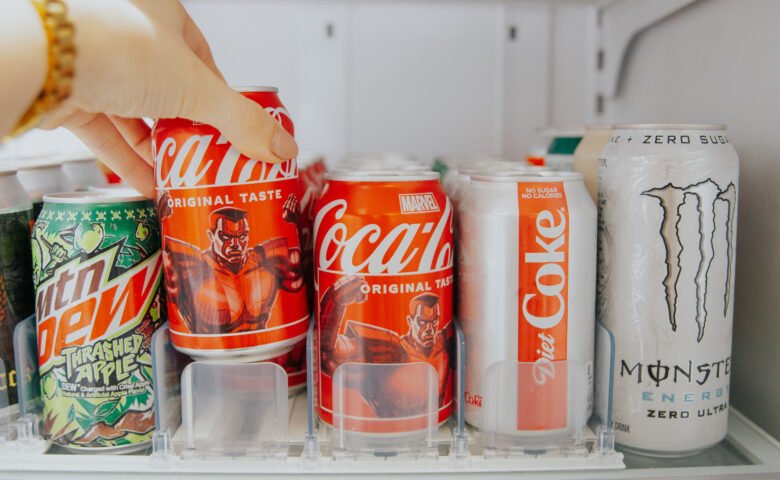By Ciri | Updated on August 29, 2024
As the weather cools down and we start craving cozy, hearty meals, it’s time to get your fridge ready for autumn. A well-organized fridge makes meal prep easier, helps you keep track of your groceries, and reduces food waste. Here’s how to get your fridge in tip-top shape for the season.
1. Give Your Fridge a Good Clean
Start by emptying your fridge and giving it a thorough clean. Wipe down the shelves, drawers, and door compartments with warm, soapy water. This is also a great time to check for expired items and toss them out.
2. Group Similar Items Together
Once your fridge is clean, categorize your items. Group together things like condiments, dairy, fruits, vegetables, meats, and leftovers. This will make it easier to find what you need and help prevent buying duplicates.
3. Adjust Your Shelves
Autumn meals often require more space for things like soups, casseroles, and large containers. Adjust the height of your shelves to fit these items comfortably. You might need more room for pitchers of apple cider or bottles of pumpkin spice creamer, so plan your shelf space accordingly.
4. Use Clear Bins and Labels
Clear storage bins are super helpful for keeping your fridge organized. Use them to group snacks, dairy products, or fruits and veggies together. Label each bin so everyone in the household knows where things go. This will keep your fridge tidy and make it easy to find what you’re looking for.
5. Store Fresh Produce Properly
Autumn brings delicious produce like apples, squash, and root vegetables. Store these in the crisper drawer with the correct humidity setting—high for leafy greens, and low for fruits. For produce that doesn’t need refrigeration, like onions and potatoes, keep them in a cool, dark place outside the fridge.
6. Organize by Shelf
To keep your fridge organized and safe:
- Top Shelf: Store ready-to-eat foods like leftovers, deli meats, and drinks here. These items are less likely to spoil and are easy to grab.
- Middle Shelf: Dairy products like milk, cheese, and yogurt belong here, where the temperature is consistent.
- Bottom Shelf: Keep raw meats and seafood on the bottom shelf to prevent any drips from contaminating other foods.
- Door Shelves: The door is the warmest part of the fridge, so it’s best for condiments, sauces, and butter.
7. Use Different Organizers for Drinks and Sauces
Keep your fridge clutter-free by using different organizers for drinks and sauces. For example, a Soda Can Dispenser can neatly store cans, while a lazy Susan can keep sauces and condiments accessible. This will help you maximize space and keep everything in its place.
8. Designate a Leftovers Spot
Autumn meals often mean lots of leftovers. Designate a specific area in your fridge for leftovers, and use clear containers so you can easily see what’s inside. Consider adding labels with the date to help keep track of what needs to be eaten first.
9. Keep Snacks Easy to Reach
Busy autumn days call for quick and healthy snacks. Store grab-and-go items like yogurt cups, sliced fruits, and veggie sticks in an easy-to-reach spot. This way, healthy snacks are always at your fingertips, and your fridge stays organized.
10. Check Your Fridge Temperature
As the weather cools down, make sure your fridge is set to the right temperature. Keep it between 37°F and 40°F (3°C to 4°C) to ensure your food stays fresh and safe to eat.
Final Tip
A little effort in organizing your fridge goes a long way in making your autumn cooking and snacking easier. With these simple tips, your fridge will be ready to handle all the cozy meals and seasonal treats the season brings. Happy organizing!


Leave a comment